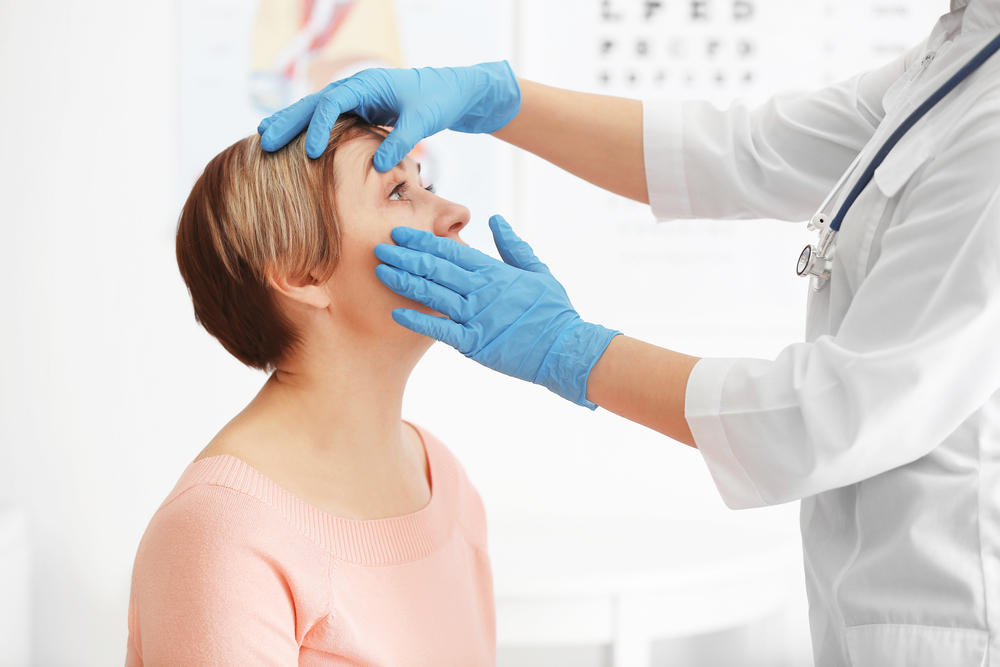Corneal disease is any illness that affects the cornea. The cornea is the clear part of the that is located in the anterior section. It covers the pupil, which is the opening at the center of the eye, the iris or the hued part of the eye, and the anterior chamber or the liquid filled within the eye. The cornea’s function is to refract light. It is in charge of centering a large portion of the light that enters the eye.
The cornea is made of proteins and cells, and doesn’t contain blood vessels. Blood vessels may cloud the cornea, which may keep it from refracting light appropriately and may limit vision.
Since there are no blood vessels found in the cornea, tears and the aqueous humor, which is a watery fluid in the anterior chamber, give the cornea its nutrients.


